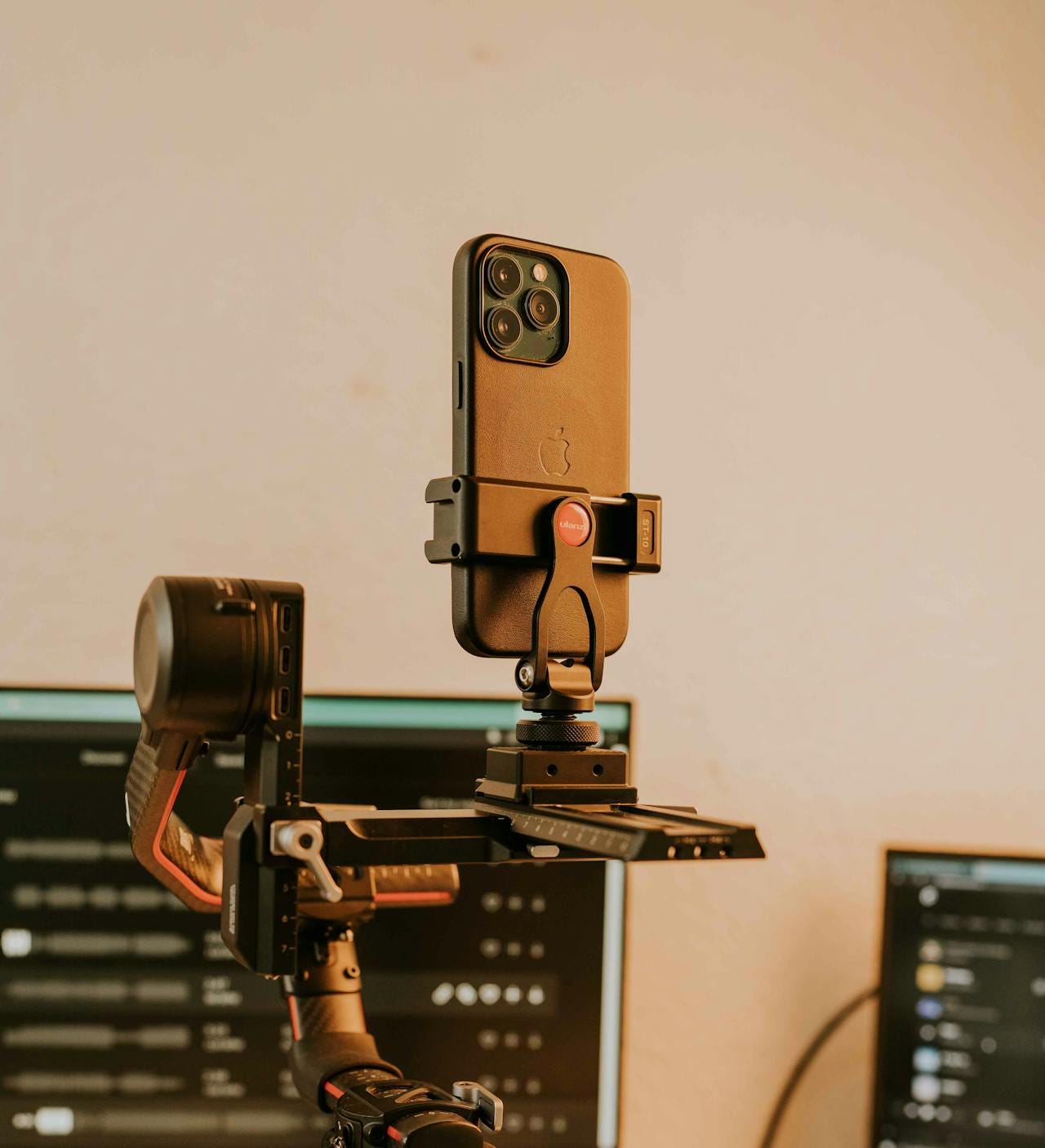Are iPhone Films The Future Of Indie Film?
Ultra-low budget films shot on iPhones might be indie's last chance.
Let’s face it: the indie film industry is in a tailspin.
Funding is drying up, investors are skittish, and studios aren’t touching small-budget projects with a ten-foot pole. The days of getting that dreamy grant or securing backing from a mid-level distributor are over.
If you’ve got a story to tell, you’re going to have to shoot it on the cheap—and maybe on your iPhone.
Sound crazy? Maybe.
But the recent news that 28 Years Later was primarily shot on an iPhone 15 is making waves in the industry. It’s impressive and exciting.
Almost everyone one you know probably has an iPhone (or comparable) camera in their pocket.
Now to be fair, the iPhone used for 28 Years Later was modified with lenses and special rigs. It’s reported that they had support directly from Apple. But with a budget of $75 million, this would make the film the biggest ever made on an iPhone.
But this isn’t the first time a successful Hollywood picture has been shot on Apple’s most famous creation.
Look at Sean Baker’s Tangerine (2015), shot entirely on iPhone 5S. It was raw, gritty, and captured the energy of the streets like no traditional rig ever could. The film hit Sundance and proved to the world that vision and heart beat out fancy equipment every time.
Article: How one of the best films at Sundance was shot using an iPhone 5S
And then there’s Steven Soderbergh, who doesn’t just dabble in low-budget; he’s made it an art form. His film Unsane (2018) was shot on an iPhone 7 Plus. Soderbergh went guerrilla-style and used the phone’s limitations to his advantage—tight shots, intense close-ups, that claustrophobic feel.
Article: Steven Soderbergh’s all-iPhone movie Unsane makes a poor showing for the iPhone 7
High Flying Bird (2019), another Soderbergh experiment that was filmed using iPhones, giving us an up-close, no-frills look at the world of professional basketball negotiations. The slick, fast-paced shots feel organic, pulling the audience in as if they’re right there in the room. The lesson? You don’t need a traditional camera crew when a phone in your hand and a vision in your head can do the job.
The time has come for ALL filmmakers to embrace the amazing current technology that we have.
There are stabilizers, gimbals, and editing software that can turn your phone-shot footage into a cinematic masterpiece. You just need the guts to embrace it. The future of filmmaking isn’t tied to million-dollar budgets or a soundstage in Burbank. It’s in your pocket. It’s wherever you are, with whatever you’ve got.
Maybe this is the last shot we get to shake up Hollywood—or maybe it’s the first shot of the next era.






It think people obsess too much over which camera to use for their indie movies. IMO it hardly matters as much as what you put in front of the camera. Good performance, cinematic lighting , production design, art department, locations, etc. these are real cost drivers and what makes your movie. I think it’s incomplete to say iPhone films are the future of indie film. Use whatever camera you can get your hands on and get good people to work with, whether it’s the iPhone, fx3 or black magic or whatever.
My understanding is that distribution is the main hurdle most indies face in today's broken film marketplace. The camera you shoot your movie with, at any budget, matters little if no one can pay to see it.